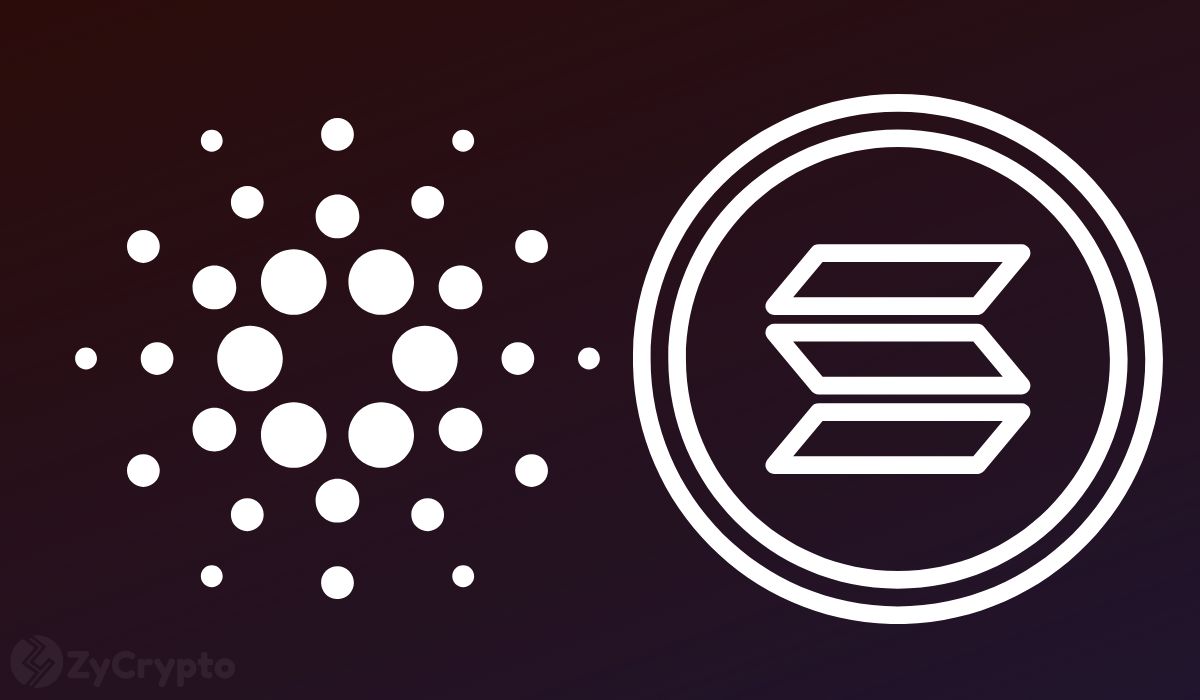Proof of Stake disadvantages: A detailed discussion
Proof of Stake disadvantages While there are many blockchain cryptocurrencies that use Proof of Stake (PoS), we have only seen a variant of it: delegated Proof of Stake (dPoS). Although dPoS has many of the same advantages as PoS,...

Proof of Stake disadvantages
While there are many blockchain cryptocurrencies that use Proof of Stake (PoS), we have only seen a variant of it: delegated Proof of Stake (dPoS).
Although dPoS has many of the same advantages as PoS, it also highlights some of its biggest weaknesses. I would like to begin by explaining what Proof of Stake is and what dPoS does differently and then discuss Proof of Stake disadvantages.
Also Read: Cardano Price Prediction: This is pretty exciting news that ERC20 Converter Tool has been released on Cardano Testnet
To determine if a new block can be trusted, PoS uses a voting system instead of PoW, which requires miners to solve a difficult puzzle. Tokens/coins in the network have equal voting rights, and token/coin holders who stake their tokens/coins are rewarded with a small tip. dPoS divides the network into validators and nominators.

In order to ensure that the voting system is applied correctly, validators are voted for by nominators. This way, nominators do not have to worry about the technical aspect of the network and can concentrate on the business aspects.
With Proof of Stake, there is a problem when a fee is introduced to encourage staking. Staking currently receives a fixed percentage, let’s take 5%. Per staking period, staker A with 100 coins receives 5 coins. With 10.000 coins, staker B receives 500 coins per staking period. A total of 1.000.000 coins would increase Staker A’s voting rights from 0,01% to 0,0105%. A staker’s voting rights are increased from 1% to 1%. Due to the nature of the system, the large coin holders significantly increase their voting rights as they accumulate through staking. Therefore, the rich get richer.
Now it would seem that this is not a problem since the distribution and received fees are distributed more fairly. First of all, the team most of the time receives a large percentage; DOT got 30% of the bounty, while Cardano was in the same range, while the Cosmos development team received only 10%. All these development teams, therefore, have a significant stake in the governance of the project. They can implement their roadmap in the short term, but in the long term, when the roadmap is complete and the network is supposed to be decentralized, they will have these voting rights, as well as the staking fees they have claimed all along.

Proof of Stake blockchains are also affected by the role exchanges play, which destabilizes the ecobalance. A lot of people keep their coins in an exchange, which in effect provides their voting rights, and sometimes their stake profits, to said exchange. Many of the richest Cardano addresses belong to exchanges, as evident from the Cardano Rich list. In addition to the exchanges, there are other benefits to holding these coins. There is also the threat that exchanges may use the voting rights in their favor to get governance that suits their business, even if it goes against the interests of their clients.
Last but not least, true Proof of Stake would solve or at least soften up these cons, but it is a very difficult task. Each actor in the network would have to run their own node to participate in the network. Everyone in the network is a validator.
In addition to a significant hardware set, it is also necessary to know how to run the software on that node. This knowledge is not readily available to everyone or it is difficult to learn so quickly, which means that only a few actors are able to participate fully in the network. It would again create parties that act as middlemen to provide support, but this would again introduce centralization into a network that aims to be fully centralized.
Proof of Stake disadvantages:
- Validators are frequently selected at random from all participants in proof-of-stake (POS) cryptocurrencies. Users with a greater stake have a better chance of being selected. This may cause problems, such as the rich getting richer and dominating the consensus process, which may harm the network. Proof of Stake protocols may be very complex due to the numerous factors that game theory has to take into consideration when creating them, this counts as one of the Proof of Stake disadvantages.
- Users compete using a Proof of Stake algorithm to find out who’s the most secure, but very little energy is consumed in this process, only enough to keep the CPU running and keep connected to the Internet at all times. Using a proof of stake mechanism, users receive the same payout, regardless of how much they have deposited. There is a linear relationship between profitability and the amount deposited. There is no investment in it, another Proof of Stake disadvantages. Crypto money is received by a staker, and at the same time, his expenses arrive. The result is a positive cash flow in the short-term.
- Additionally, while they are in your possession, you can’t trade them, making a portion of the currency useless for payment by earning a higher premium, i.e., those with greater profits, and that would be harder to counter in the case of a hypocritical 51 percent assault. To earn more money in the long run, you should store all your currencies with PoS.
- Due to the Proof of Stake approach removing costly computations, it offers a lower entry barrier than previous methods for creating blocks. Consequently, it is greener than POW
- It is more costly to attack a mature PoW system than a mature Proof of Stake system. In contrast to PoW, where an attacker needs 50% or more of the network’s computational power, an attacker needs 50% or more of the system’s money to gain control.
- • Proof-of-stake (PoS) protocols have problems due to the fact that they do not recognize anything other than their Blockchain. The amount of computation required to identify a solution to a problem is an outside factor in a work system proof. In addition, Stake is more vulnerable to attacks since the Blockchain is not anchored physically; therefore, it is more intuitively vulnerable.
With this, I also recommend you to read Why Proof of Stake ,a short article by Vitalik Buterin.

Delegate Your Voting Power to FEED DRep in Cardano Governance.
DRep ID: drep12ukt4ctzmtf6l5rj76cddgf3dvuy0lfz7uky08jfvgr9ugaapz4 | We are driven to register as a DRep by our deep dedication to the Cardano ecosystem and our aspiration to take an active role in its development, ensuring that its progress stays true to the principles of decentralization, security, and community empowerment.DELEGATE VOTING POWER!








